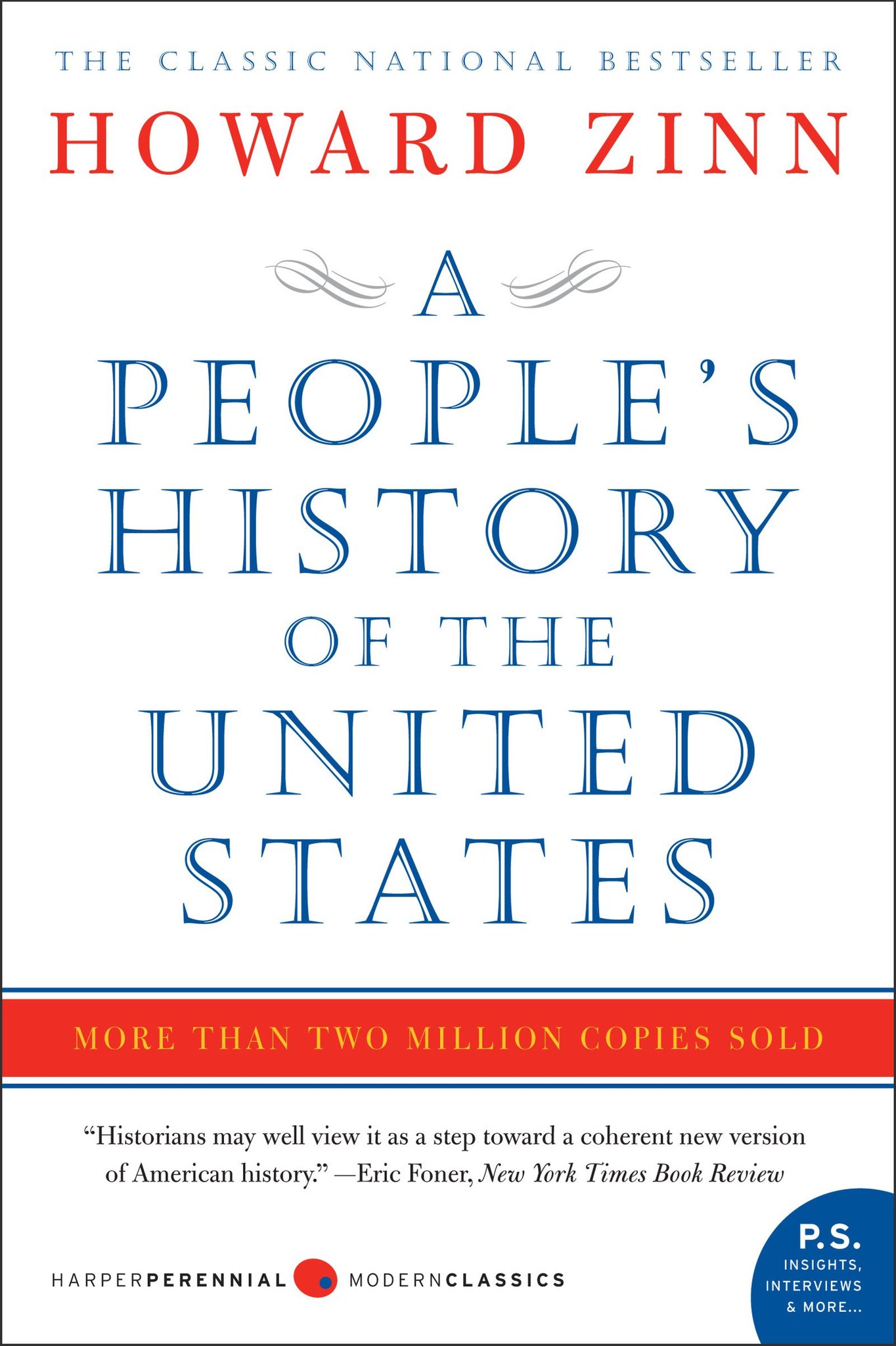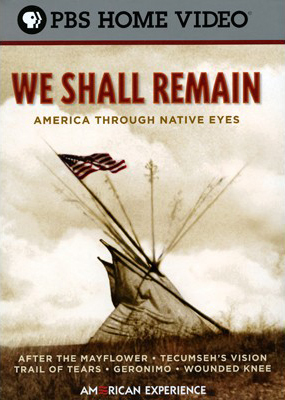22+ An Indigenous Peoples History Of The Us Chapter 1 Summary Ideas
An indigenous peoples history of the us chapter 1 summary. The book begins by describing the often highly complex and developed culture of pre-Columbian Indigenous people in North America as well as the infrastructure they had developed to support their life on the land. Dunbar-Ortiz offers a history of the United States told from the perspective of Indigenous peoples and reveals how Native Americans for centuries actively resisted expansion of the US empire. In A Peoples History of the United States Zinn aims to write an account of American history from the perspective of persecuted powerless marginalized people rather than the usual pantheon of heroes and elites. Chapter 1 describes the effect of Spanish explorer. A n Indigenous Peoples History of the United States is an award-winning 2015 nonfiction book by Roxanne Dunbar-Ortiz that reinterprets American history from. In An Indigenous Peoples History of the United States Dunbar-Ortiz adroitly challenges the founding myth of the United States and shows how policy against. This is an important book. Quizlet will be unavailable from 4-5 PM PT. It also introduces Zinn s vision and purpose for the book. Though some argue that the Second Amendment is necessary to protect the right to bear arms for hunters and other law-abiding citizens Dunbar-Ortiz An Indigenous Peoples History of the United States 2014 maintains that the well-regulated militia has been the crucial element all along. Columbus later wrote that the Arawak were primitive beautiful. Curriculum specialists and indigenous culture experts Debbie Reese and Jean Mendoza have done an adaptation of Roxanne Dunbar-Ortizs acclaimed academic text for young readers.
He begins by studying Christopher Columbus s conquest of the New World in 1492. On Saturday October 10th well be doing some maintenance on Quizlet to keep things running smoothly. Saturday October 10 from 45 PM PT. An Indigenous Peoples History of the United States by Roxanne Dunbar-Ortiz is a good overview of US. An indigenous peoples history of the us chapter 1 summary A professor emerita of ethnic studies at California State University East Bay Dunbar-Ortiz sought to write a history of the United States as experienced by its indigenous inhabitants. Chapter 1 - Indigenous People. History from the perspective of the Indigenous Peoples of North America. Next Images For Black History Month 2020. In An Indigenous Peoples. Roxanne Dunbar-Ortiz talked about her book An Indigenous Peoples History of the United States in which she looks at American history through the eyes of indigenous peoples. A People S History Of The United States Chapter 3 Persons Mean And Vile Condition Summary Ysis Litcharts. By Roxanne Dunbar-Ortiz Adapted by Jean Mendoza and Debbie Reese. An Indigenous People S History Of The Us Chapter Summary by Alex Posted on December 22 2020 An indigenous peoples history of the an indigenous peoples history of the apology to australia s indigenous indigenous peoples in latin america american history chapter.
 A People S History Of The United States 1492 Present Zinn Education Project
A People S History Of The United States 1492 Present Zinn Education Project
An indigenous peoples history of the us chapter 1 summary A People S History Of The United States Chapter 3 Persons Mean And Vile Condition Summary Ysis Litcharts.

An indigenous peoples history of the us chapter 1 summary. At the end of the 15th century in a place later known as the Bahamas Arawak men and women emerged from their villages to watch as Christopher Columbus and his sailors came ashore. Chapter Summary for Howard Zinns A Peoples History of the United States chapter 8 summary. Prev An Indigenous People S History Of The Us Chapter 4 Summary.
Over the following century European. Roxanne Dunbar-Ortiz has penned a work designed to set the record straight with her concise account of the major points of aboriginal history in relation to the US. Summary Chapter 1 describes the effect of Spanish explorer Christopher Columbus s arrival in North America which he called the Indies the European name for China Japan and India in the belief he had reached the Far East.
This is not a pleasant book to read. Dunbar-Ortiz demonstrates that the United States since its founding has been a colonial-settler empire. Summary Today in the United States there are more than five hundred federally-recognized Indigenous nations comprising nearly three million people descendants of the fifteen million Native people who once inhabited this land.
This has given rise to many malicious groups including slave hunters the Ku Klux Klan and white nationalists. Many of us have acquired from popular culture and textbooks the idea that European settlers were invading a pristine wilderness. The structure of this chapter is an examination of the key points in Indigenous activism.
This text spans centuries of the authentic historical experiences of Americas indigenous people. Learn vocabulary terms and more with flashcards games and other study tools. This chapter explores the many pathways and facets of resistance exercised by Indigenous peoples in the twentieth and twenty-first centuries from the earliest pan-Indian activist groups to the politically powerful and tenaciously established organizations like NCAI.
An indigenous peoples history of the us chapter 1 summary This chapter explores the many pathways and facets of resistance exercised by Indigenous peoples in the twentieth and twenty-first centuries from the earliest pan-Indian activist groups to the politically powerful and tenaciously established organizations like NCAI.
An indigenous peoples history of the us chapter 1 summary. Learn vocabulary terms and more with flashcards games and other study tools. This text spans centuries of the authentic historical experiences of Americas indigenous people. The structure of this chapter is an examination of the key points in Indigenous activism. Many of us have acquired from popular culture and textbooks the idea that European settlers were invading a pristine wilderness. This has given rise to many malicious groups including slave hunters the Ku Klux Klan and white nationalists. Summary Today in the United States there are more than five hundred federally-recognized Indigenous nations comprising nearly three million people descendants of the fifteen million Native people who once inhabited this land. Dunbar-Ortiz demonstrates that the United States since its founding has been a colonial-settler empire. This is not a pleasant book to read. Summary Chapter 1 describes the effect of Spanish explorer Christopher Columbus s arrival in North America which he called the Indies the European name for China Japan and India in the belief he had reached the Far East. Roxanne Dunbar-Ortiz has penned a work designed to set the record straight with her concise account of the major points of aboriginal history in relation to the US. Over the following century European.
Prev An Indigenous People S History Of The Us Chapter 4 Summary. Chapter Summary for Howard Zinns A Peoples History of the United States chapter 8 summary. An indigenous peoples history of the us chapter 1 summary At the end of the 15th century in a place later known as the Bahamas Arawak men and women emerged from their villages to watch as Christopher Columbus and his sailors came ashore.
 An Indigenous Peoples History Of The United States Zinn Education Project
An Indigenous Peoples History Of The United States Zinn Education Project